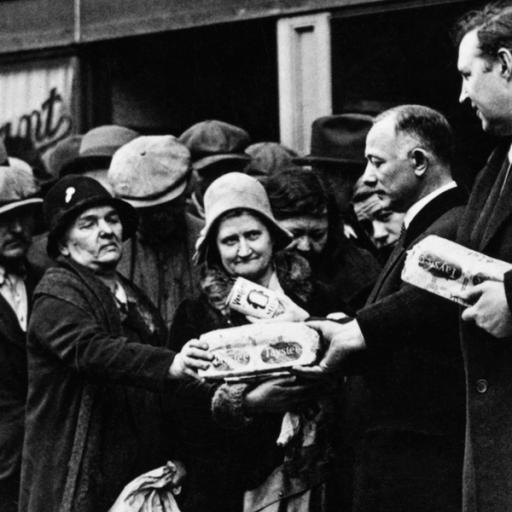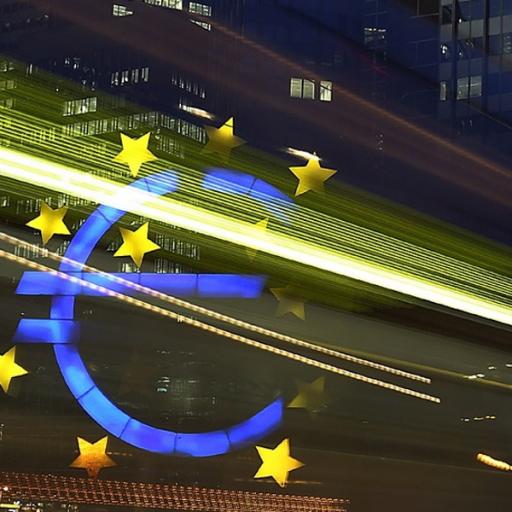Following the enlargement of the European Union by 10 new members in May 2004, the next step of economic integration entails their entry into the Economic and Monetary Union (EMU) and the adoption of the single European currency. As a pre-entry step, candidate countries should join Exchange Rate Mechanism II (ERM II) at least two years before adopting Euro. Furthermore, their exchange rate per Euro should not deviate more that +/- 15% during this period. On 16 March 2006, a new agreement between the European Central Bank (ECB) and the National Central Banks of the candidate members, set the operating procedures for an exchange rate mechanism in stage three of EMU. So far, seven of the new EU members have joined ERM II (27/12/2004: Estonia, Lithuania, Slovenia; 29/04/2005: Cyprus, Latvia, Malta; 25/11/2005: Slovak Republic), while the remaining countries are about to join ERM II in the near future.
There is an adequate number of studies which focus on the aftermaths of the EU enlargement as well as the integration process of the candidate countries towards EMU. Most of the empirical studies focus on the examination of the Maastricht convergence criteria and the possibility of real convergence within the enlarged Europe. For example, Breuss et al (2004) find more arguments in favor of EMU enlargement than against. The only problem they refer is the high level of debts in Poland and Malta. Frenkel & Nickel (2005) focus on CEECs and examine the speed of adjustment to demand and supply disturbances in these economies compared to France, Germany and Italy. In general, CEECs exhibit different adjustment process compared to EMU countries. However, some of the more advanced economies exhibit similar response to shocks with former EMU members. Similarly, Furceri & Karras (2006) perform a cost-benefit analysis of adopting Euro by examining (a) the business cycle correlation between the candidate’s economy and that of the Euro zone and (b) the candidates’ inflationary bias. Their results imply that most countries’ business cycle is well synchronized with that of Euro zone. In addition, price stability in candidate countries is stronger compared to some EMU members, such as Portugal and Greece.
However, there is little empirical work based on direct exchange rate analysis.2 Beyond the exchange rate stability criterion, the exchange rate should not be significantly misaligned compared to its equilibrium rate. Purchasing Power Parity (PPP) can be seen as a preliminary measure of exchange rate equilibrium. Moreover, the validity of PPP hypothesis implies prices co-movement and evidence of well-developed trade relations between two countries. Although PPP hypothesis has been thoroughly examined for developed as well as developing countries, the literature is not rich for the prospective EMU countries. Koedijk et al (2004), applying a Seemingly Unrelated Regression (SUR) methodology, examine PPP hypothesis within the Euro area, in which candidate members are not included. They find evidence of PPP among EMU members by taking Deutche mark as a numeraire currency.
In general, a wide range of alternative methodologies has been applied in testing PPP hypothesis.3 Univariate unit root tests cannot provide supportive evidence of PPP hypothesis (see Alba & Park, 2003 and Holmes, 2000). This is due to the low power of those tests. On the other hand, univariate and multivariate cointegration studies provide somewhat better results, but PPP cannot be accepted in some cases (see Wang, 2000). Panel unit root tests and panel cointegration techniques provide more satisfactory evidence. Nonetheless, rejections of PPP are not missing (see for example Basher & Mohsin, 2004 and Drine & Rault, 2003). The evidence of slow convergence to PPP equilibrium is known in the literature as PPP puzzle (Rogoff, 1996). However, the evidence is more satisfactory when structural breaks are allowed in real exchange rates (Zumaquero, 2002; Sabate et al, 2003; Zurbruegg & Allsopp, 2004). In addition, the PPP puzzle seems to be resolved by estimating nonlinear models (Michael et al, 1997; Sarno, 2000; Liew, 2003; Lothian & Taylor, 2004; Taylor et al, 2001).
In our study, by applying both a linear ADF test and a nonlinear SETAR model, we test the validity of PPP hypothesis for 10 prospective EMU members for the period 1990-2006 as well as for the former EMU members for the period 1980 – 1998.4 For both clusters of countries, Euro is taken as the numeraire currency. Our study contributes on EMU enlargement literature by shedding light on the importance of PPP hypothesis for the accessing process of the candidate countries towards EMU. A number of important implications can be derived from this analysis, such as exchange rate misalignment and the degree of trade openness within the enlarged Euro area. Furthermore, the estimation of the nonlinear SETAR model gives us the opportunity to estimate the true reverting process towards equilibrium. Finally, by comparing the evidence of the candidate countries with this of the current EMU members we generate implications for the progress of economic integration in Europe and expectations for the candidates’ assessing process towards EMU.







